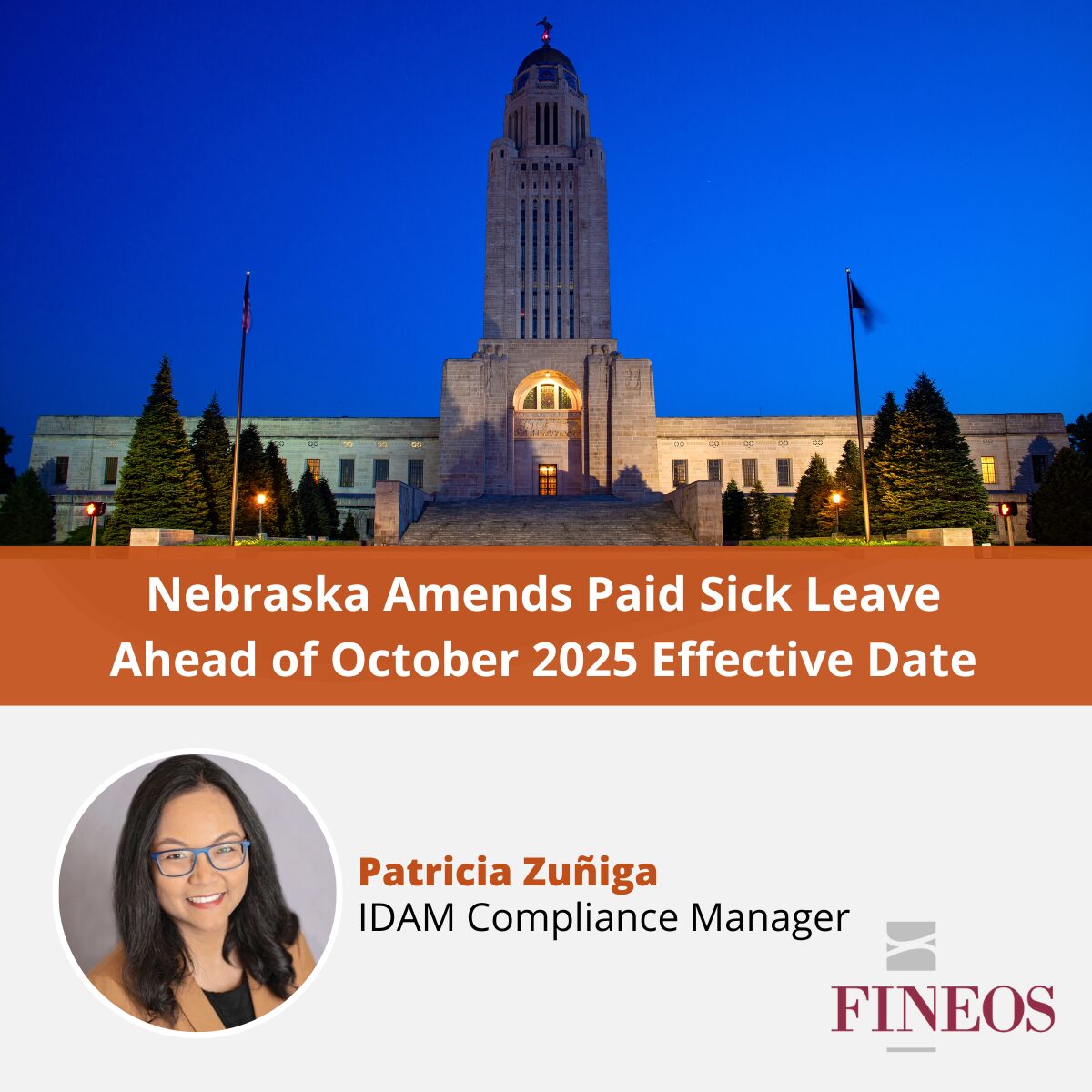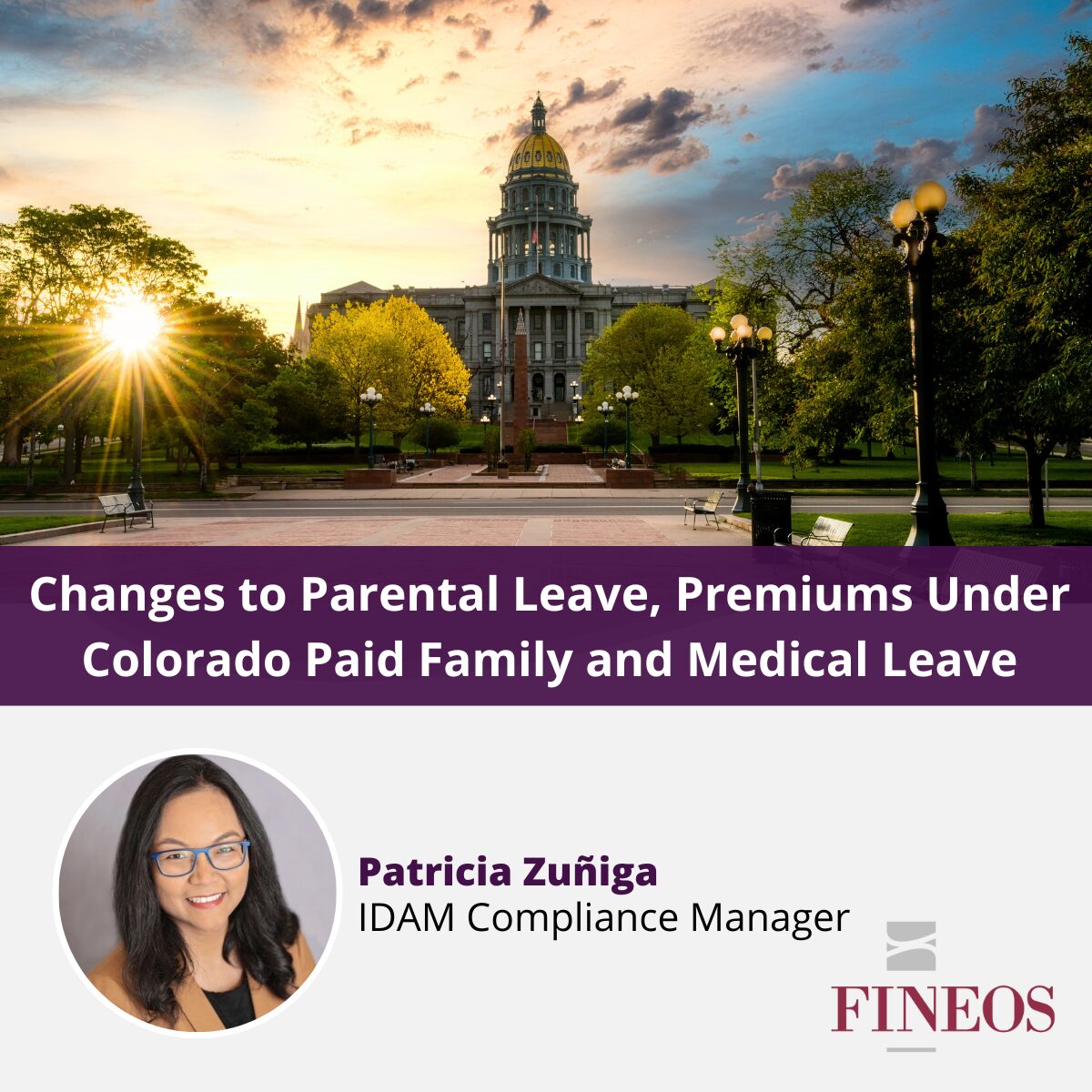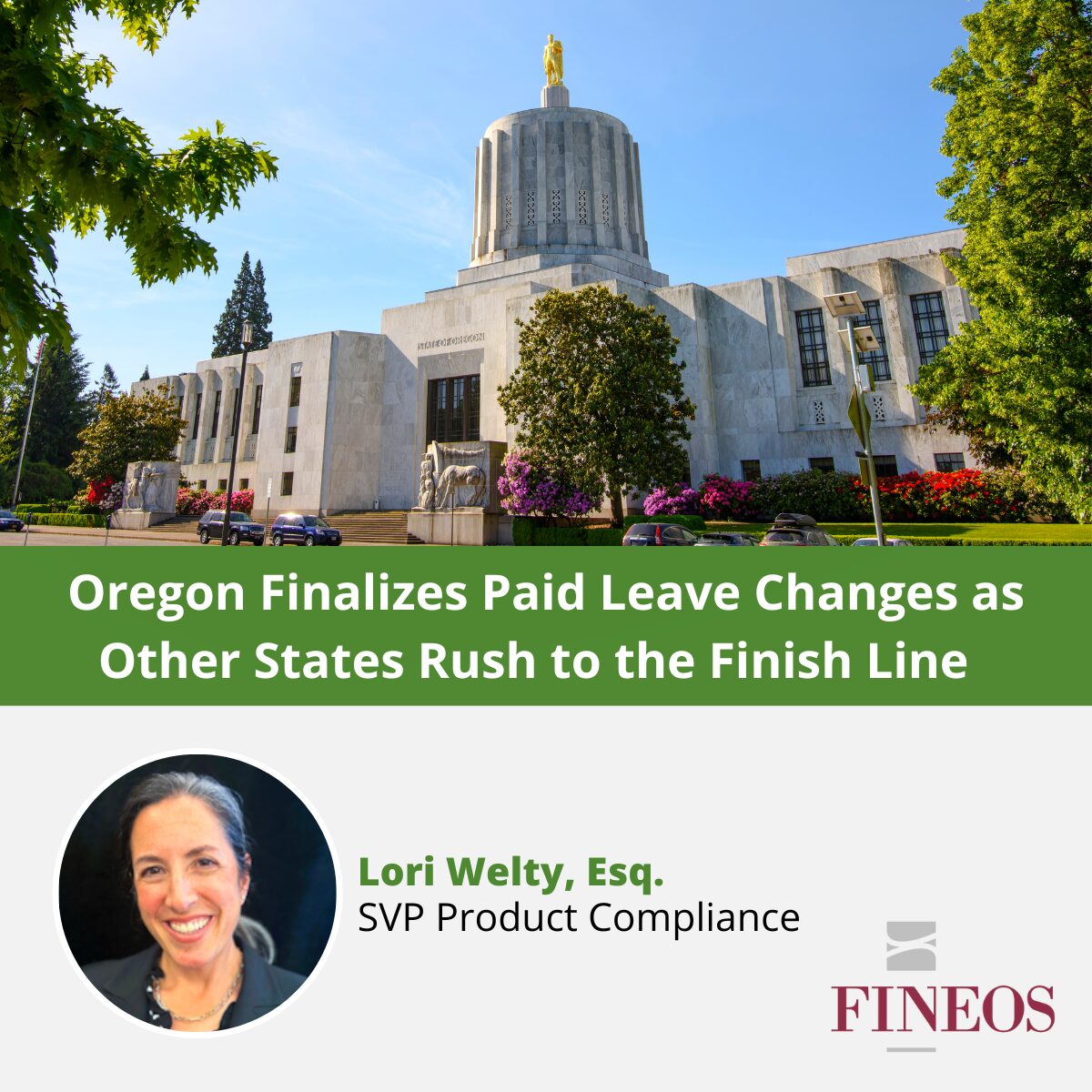As it celebrates its 31st anniversary this month, the Family and Medical Leave Act (FMLA) continues to be the fundamental law that employers nationwide must understand when implementing absence management policies. Employees rely on the FMLA – and their employer’s understanding of its key concepts and procedures – to save them from worrying about losing their job or insurance during an already stressful situation caring for themselves or their loved ones.
Covered employers and employee eligibility under FMLA
First, employers must determine whether they are a covered employer under the FMLA to see whether its rights and obligations apply to them and their employees. Next, they must determine whether their employees are eligible. The last major Department of Labor employer survey on FMLA in 2018 revealed some significant knowledge gaps among employers in how to correctly assess employer coverage and employee eligibility:
- 17% of small employers (fewer than 50 employees) incorrectly believed that the FMLA applied;
- 34% of covered employers’ worksites with ineligible employees (fewer than 50 employees onsite or within 75 miles) also believed that the FMLA applied to them.
A private employer is covered by the FMLA if it has 50 or more employees during 20 or more calendar workweeks in either the current or the prior year. Once it becomes a covered employer, it stays that way until it has no longer employed 50 employees for 20 workweeks in both the current and prior year. An employer must count everyone who has an employee relationship with the company who is within the United States, its territories and possessions. This includes employees who are part-time, temporary, seasonal, suspended, and uncompensated employees who are still on the payroll.
Beyond employer coverage, employee eligibility is a separate matter. There are three components to employee eligibility: an employee must (1) have been employed by the employer for at least 12 months, (2) have been employed for at least 1,250 hours of service during the 12-month period immediately before the leave, and (3) be at a worksite where 50 or more employees are employed by the employer within 75 miles. While all those numbers sound straightforward, employers must watch out for common – and potentially costly – misunderstandings around what constitutes “12 months,” “1,250 hours,” or where the employee’s worksite is located (especially if they are considered remote employees).
Required notices for FMLA leave
Covered employers do not have to provide ineligible employees with FMLA leave but must still comply with certain provisions of the FMLA, such as providing notices. The employer obligation to provide notices to employees is triggered when an employee requests FMLA leave, or when the covered employer acquires knowledge that an employee’s leave may be for an FMLA-qualifying reason. The employee does not have to expressly mention the FMLA, but they must have shared enough information to reasonably conclude that they may be taking time off for a covered leave reason. That could sound like an employee saying that they are going to have back surgery, or that they need to take their mom to chemotherapy every week. Once the employer determines that the employee is eligible and their leave is for an FMLA-qualifying reason, they have to designate it as FMLA-protected leave. If the employee is not eligible, the employer must still give them the required FMLA notice, including at least one reason that the employee is not eligible.
Employers can use DOL sample forms or create their own forms or letters containing the same information that the FMLA regulations require. Employers cannot request more information beyond that. The DOL’s forms were updated as recently as last year, but an employer can use previous versions of the form and still be compliant with the FMLA regulations. In addition, an employee can submit a certification in any format (for example, a letter from their doctor) as long as it contains all the information needed to determine if the leave is FMLA-qualifying.
Employee rights and protections under FMLA
The FMLA provides rights and protections to eligible employees during and after their FMLA leave. During FMLA leave, an employer must maintain the employee’s group health plan coverage under the same conditions as if the employee was at work. This right extends to any of the employee’s family members already on the employee’s group health plan. This is arguably one of the most important rights under the FMLA, considering that over half of the U.S. population (54.5%) are covered by employment-based health insurance.
After an employee returns from FMLA leave, they are entitled to job protection – the right to return to their same job or to an “equivalent job.” That means it must be a position that is virtually identical to the employee’s former position in terms of pay, benefits and working conditions, even if the employee has been replaced or their position was restructured in their absence. Employers should note that the courts have held that even if the employee did not suffer a “loss of pay or title” upon their return, an employer could still get in trouble for lowering their rank, job status, or responsibility.
What’s next for leave?
It took years to pass an unpaid federal job-protected leave program in the U.S. The next frontier is federal paid family and medical leave (PFML). Congress, public interest groups, and stakeholders are steadily progressing toward consensus on a policy framework and legislative options. Meanwhile, new and expanded leave programs have been gaining momentum at the state level, with four more states making PFML benefits available in 2026 to employees in Delaware, Maryland, Minnesota, and Maine.
Whether employers in states with mandatory PFML go with the state-run program or choose to provide paid leave benefits on their own or through a third-party administrator, it is both challenging and important that they understand how these state leaves interact with the FMLA to help their employees understand and access the benefits and protections to which they are entitled.
Interested in learning more? Lori Welty, SVP Product Compliance, will present: “State Your Leave: A Case Study Expedition Through Multiple States” at the 2024 DMEC FMLA/ADA Employer Compliance Conference, March 25-28.


